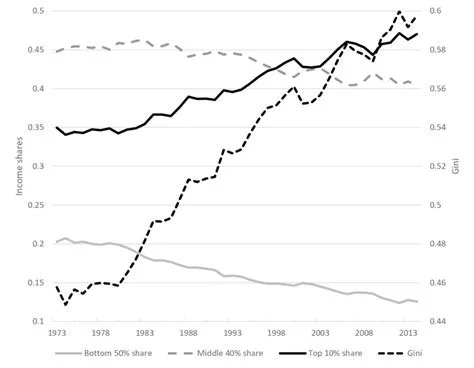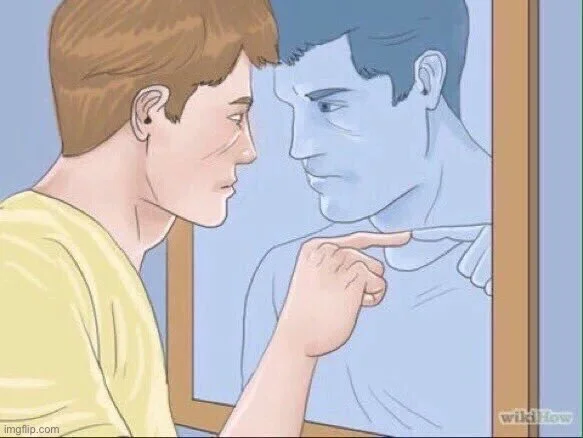Verbal Portrait No. 1
If you have yet to do so, I invite you to visit my about page to understand the purpose of these writings.
As I write this, I am on the verge of finishing a powerful book entitled The Path of Least Resistance: Learning to Become the Creative Force in Your Own Life by Robert Fritz. There’s no coincidence that its reading coincides with the creation of this newsletter and site. In it, Fritz argues that underlying structures in our lives determine the path of least resistance by which we behave. The book explores how we might identify and change those fundamental, underlying structures so as to alter our own paths of least resistance in order to live a life more in accordance with our true wishes and desires. Dense, I know, but stay with me.
I mention all this because a large part of modifying these structures entails seeing them as they are. In other words, their identification is contingent upon being in touch with objective reality, with “the six inches in front of your face!”
In Fritz’s view, to move towards a goal of having a fit, toned complexion you need to recognize that you (i.e. me, Tom) are, in fact, rather pudgy (greetings, fellow Skinny Fat people).
Unfortunately, modern humans are not very good at this.
Due to the chimes, bells, and whistles clamoring for our attention and the cognitive hijinks played by the pattern recognition machines that are our brains, we glimpse and glance our way through the world around us. Instead of thoughtfully looking or gazing, we meet life obliquely.
When we do take the time to gaze, it’s often at a 45° pitch aimed squarely for our black mirrors. This defense mechanism leads us to perceive things in ways that, at best, harmlessly color our reality or, at worst, downright delude us. As famed physicist Richard Feynman aptly said, “The first principle is that you must not fool yourself--and you are the easiest person to fool.”
I tried to combat this tendency on a recent train ride through the Chicago suburbs. Instead of propelling angry birds at green pigs, I sought to soak in my surroundings. From vivid descriptions of my most minute observations, I attempted to create a coherent verbal “image.” Like the pointillistic brushstrokes of Seurat, my words would obfuscate if read individually, but render clarity when taken as a whole. Hence, the idea of verbal portraiture was born.
A Verbal Portrait is a specific, hyper-detailed description of the reality an
individual sees in front of him/her.
Below is what came of this exercise. Admittedly I extrapolated a bit, but I liked how it sounded.
Verbal Portrait of a Lady on a Train
She was the bookish type. Meek and slender with a kindly disposition. While I sat across from her, she devoured The Old Capital, flipping its well-worn pages with an uncharacteristic hunger.
She would finish this book, a library book, while we rode the train south. In many ways, she reminded me of the gently-worn, plastic-wrapped book. She was worn, her face showed the lines of past smiles and former laughs. Her spectacles, thin and precise, magnified her steady blue-eye gaze as she quietly rustled like the book's pages. Her brown-orange hair was cropped short--she was too old to be a mother yet to young to be a grandmother. Too old to shuffle exuberant children to soccer practice and too young for the bingo hall. Like the library book, she was checked out in that interminable stage of life where all was present and possible. It was the freedom of young old age.
Here’s to more gazing in 2020 and beyond.
If you enjoyed this verbal portrait, gaze upon some others:





